
Morris Grassfed Beef
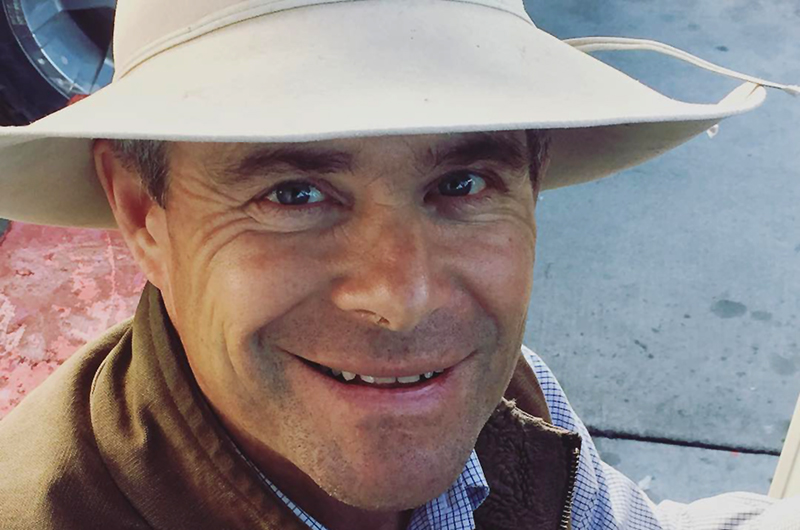
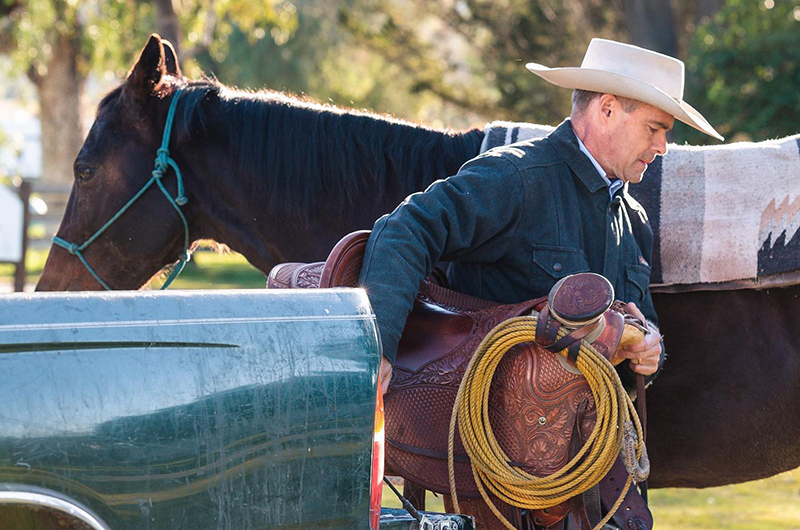
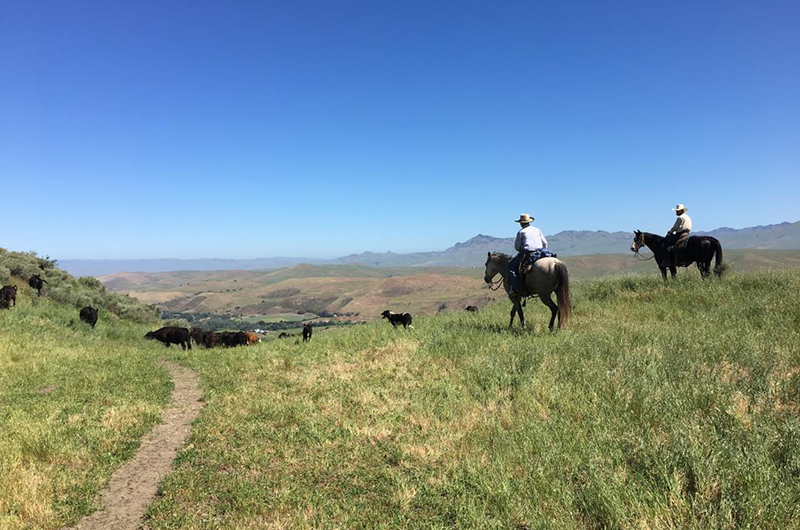
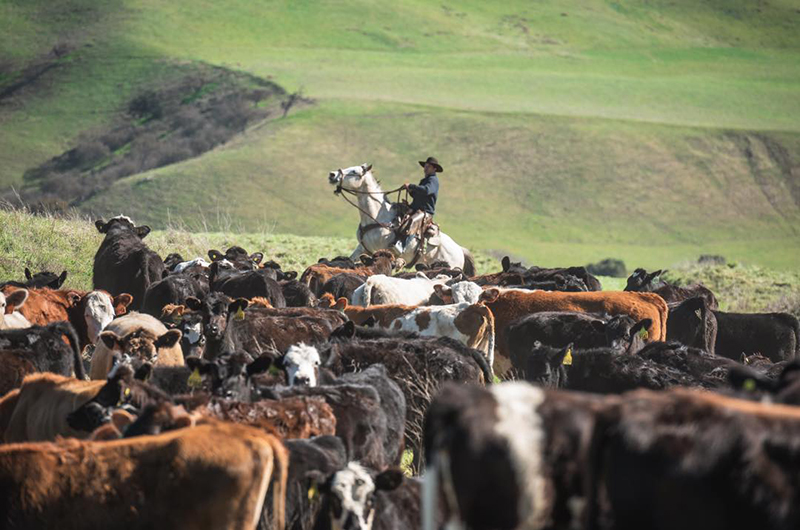
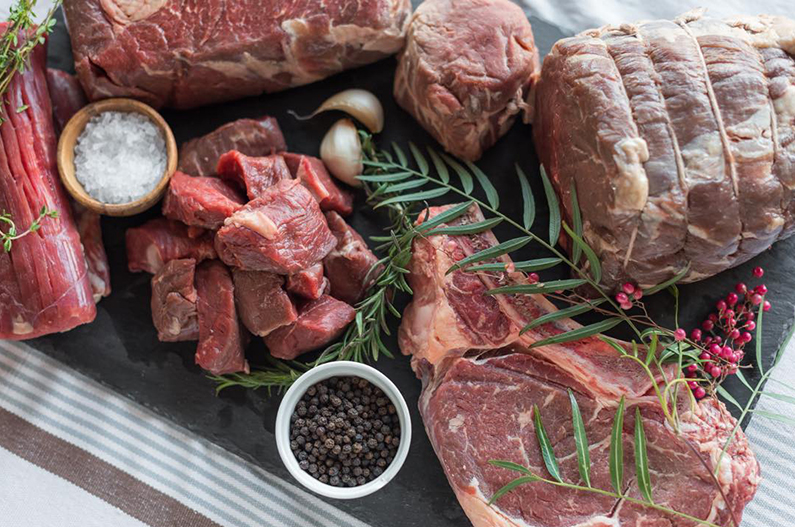
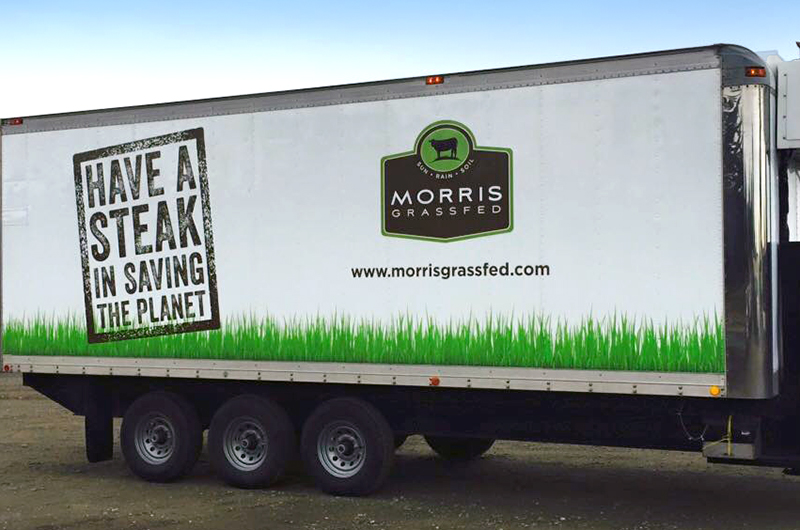
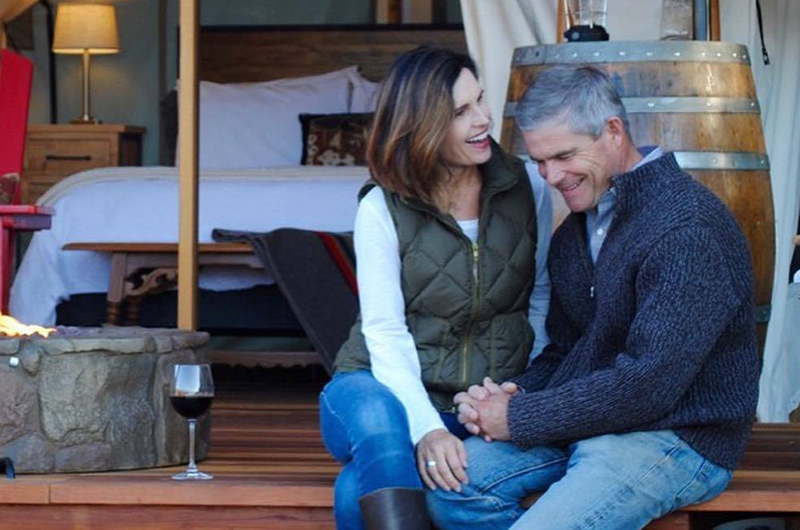
Morris Grassfed Beef(opens in new window) has deep family roots that reach back to the 1850’s. Joe Morris’ great-great grandfather, Richard O’Neill, owned a butcher shop in San Francisco’s financial district during the Gold Rush and in 1881 joined up with James Flood to buy California’s Rancho Santa Margarita (now known as Camp Pendleton). T.O. Cattle Company was the result, and Joe’s grandfather J.J. Baumgartner owned that, eventually moving to a different property in San Juan Bautista where Joe and his wife Julie Morris live and run Morris Grassfed Beef today. The business includes direct marketing of beef grown on their family ranch of about 250 acres and managing of several other ranches including Paicines Ranch, Hollister Hills Family Ranch, Baumgartner Ranch, and Kelly Thompson Ranch, about 12,000 acres in all. They’ve been practicing Holistic Management, a regenerative practice, since they started in 1991.
Julie Morris never expected to be a rancher, saying that when Joe said he wanted to take over his grandfather’s ranch and be a cowboy, it was a shock to her. They were living in Washington D.C. at the time and Joe was struggling with how he would run the ranch if they returned because he had seen the feedlots on I-5 and that model didn’t appeal to him.
Julie tells the tale of how it all started: “He was teaching high school at the time and he was at the library looking up a book by James Baldwin because he was teaching a social justice course. And next to James Baldwin on the library shelf was Wendell Berry. Baldwin, Berry. So totally by a fluke—he had never even heard of Wendell Berry—he picked up Berry’s book and just had this light bulb go off because he realized he could meld his love of social justice and environmentalism with ranching, which was also what he loved to do. As a kid he would ride around with his grandfather, he worked on big ranches in Nevada in college. But he could never reconcile how to combine the two passions in life. So Wendell Berry brought this all together for him. The book was called The Unsettling of America(opens in new window).” It’s about how modern agribusiness took farming out of its cultural context and away from families, ultimately creating a nation estranged from the land and how to love and care for it.
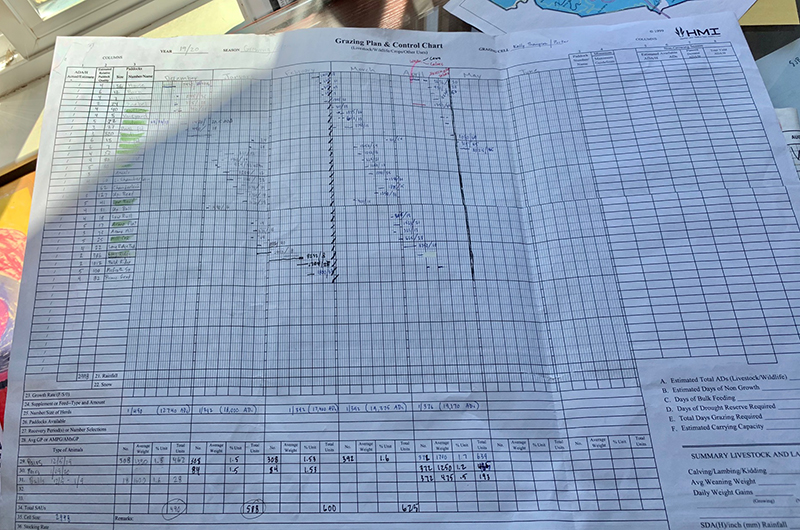 While Joe was delving into the world of Wendell Berry and agriculture and community, he stumbled across Allan Savory who founded Holistic Management International (HMI)(opens in new window). Holistic Management is a systems approach to agriculture and decision-making that includes financial planning, grazing planning, land planning, and biological monitoring. The two of them took Holistic Management classes the summer before they got married in 1991 and have used that framework ever since. As part of that approach they manage grazing in a way that, ideally, helps the land recover and regenerate itself. They move the cattle every day using horses, ATVs, and electric fences following a grazing plan Joe creates months ahead and follows meticulously. He then monitors the results of the choices he made and uses that to inform his next decisions.
While Joe was delving into the world of Wendell Berry and agriculture and community, he stumbled across Allan Savory who founded Holistic Management International (HMI)(opens in new window). Holistic Management is a systems approach to agriculture and decision-making that includes financial planning, grazing planning, land planning, and biological monitoring. The two of them took Holistic Management classes the summer before they got married in 1991 and have used that framework ever since. As part of that approach they manage grazing in a way that, ideally, helps the land recover and regenerate itself. They move the cattle every day using horses, ATVs, and electric fences following a grazing plan Joe creates months ahead and follows meticulously. He then monitors the results of the choices he made and uses that to inform his next decisions.
Monitoring Progress
Julie explained that monitoring results is built into the Holistic Management framework. “We have data that goes back decades. Joe’s done soil monitoring since the beginning. . . We have also worked with Peter Donovan [of the Soil Carbon Coalition(opens in new window)] who is measuring carbon on our ranches and we have data going back about five years trying to measure the increase or decrease of soil carbon on several test plots. There’s one plot here in San Juan Bautista that did show an increase the last time Peter measured it which was very exciting for all of us.”
According to an article in CCOF Magazine (PDF), from 2011 to 2015 soil carbon increased in the Morrises’ most intensively-grazed rangeland by 7 percent in the top 10 centimeters of soil, by 11 percent in the next 15 centimeters, and by 5 percent another 15 centimeters deep. This was despite drought conditions during much of that time. Julie reports that other plots tested during that period had stayed the same and says, “that’s interesting because you can then compare management on the different places and see which management practices are actually leading to increased soil carbon sequestration.”
They also work with Point Blue Conservation to do bird counts and wildlife activity on the ranches they manage. Wildlife biologist Mel Preston has found unique species of birds on their ranches and good numbers of them, particularly on the Paicines Ranch and the Kelly Thompson Ranch. These are all indicators of an environment coming back to life and doing well.
Challenges and Plans for the Future
“Even though we’ve been doing this a long time, you always keep learning. It’s actually built into Holistic Management that you assume wrong, and you are constantly monitoring your decision to make sure you are achieving the results that you want. We call it a “Three Part Goal”: Social, Economical, and Environmental. Those are the three legs that we base our decisions on.”
“I think the scary parts are the things we don’t have control over. Things like the weather. Drought is always looming over our head. Even in a wet year we have to plan in case it doesn’t rain next year. The fact that we don’t own the majority of the land we lease is also a challenge. . . this puts us in the position of always having to renew our leases and not having that long-term security that you have if you own property.”
These days trying to think long-term is especially important because Julie and Joe Morris are starting to think about what ranch life will be like as they age. What popped up in brainstorming sessions is the idea of using a shipping company to deliver their beef instead of doing it themselves.
“We realized that jumping in and out of our delivery trucks is getting more difficult as we get older. Plus we’re now seeing an interest from customers who want to have the convenience of having their food delivered. Especially with this pandemic, we’ve seen a huge surge in interest in boxed and shipped beef. So that’s one way we’ve adjusted our selling model. We still continue to deliver in-person but we’re trying out shipping this year for the first time. The pandemic has thrown a little wrinkle in that but I think that once we get through that and we find a groove and a system that that will be something we can do as we get older. Because it will, hopefully, be a system that we can manage and teach other people to do so we can delegate and hire people to help us.”
Morris Grassfed ships directly to individual customers, not stores or markets. They started selling split halves to family and friends in the early 90s and, even though they have tweaked their model over the years, “we’re still pretty true to our original idea which was to sell a quarter of a cow at once. We do not sell individual cuts. We encourage our customers to get a freezer and we market that you pick up your beef once a year and you’re good. We’ll see you next year! Our customers are amazing. They have kept us in business. They are wonderful!”
One of the challenges in the industry they see is the need for more butchers. “Processing is a huge issue for regenerative agriculture. There are not enough processors, not enough people to cut and wrap the beef. And that has proven to be difficult as we’ve seen interest surge. I keep telling kids that if they’re looking for a job where there’s job security, go be a butcher! Because we need butchers.”

Advice for Other Ranchers or Farmers
Julie Morris is very clear about what she wishes she and Joe knew when they first started out and what they would advise others wanting to follow in their footsteps:
“I would recommend for any starting out in ranching—young, middle-aged, old—to think of [regenerative agriculture] as a business plan and to set your ranch up like a business. I would recommend taking Ranching For Profit(opens in new window). It’s a great coaching and business framework course that you would attend several times over the year with other ranchers so you basically form something like a Board of Directors where you give each other feedback and get feedback on your business. Joe and I wish that we had done that 30 years ago. We just joined Ranching for Profit about 10 years ago and it has been a big help as we plan our next steps.
“There’s also another group called Kitchen Table Advisors(opens in new window) which is a wonderful group that helps people who are just starting out and may not have had a background in agriculture. They actually offer their work pro bono, I think, so free of charge. And they are a bunch of business consultants who will come in and analyze your ranch or your farm, give you advice on economic planning and worksheets and things like that.
“You have to treat it like you would any other business. Even if you are passionate about it, it has to be profitable to be sustainable. Both of those organizations have worked pretty closely with Holistic Management and use that as a framework as well.
“Beyond that, I would like to say that this is a really exciting time in agriculture. The whole regenerative movement is super super exciting for people like us who have been at it a long time because we feel like it is picking up steam. And it’s great to see young people who are enthusiastic and passionate about this. I get really excited when people say they want to go into farming and ranching as a career because that’s our future!”
